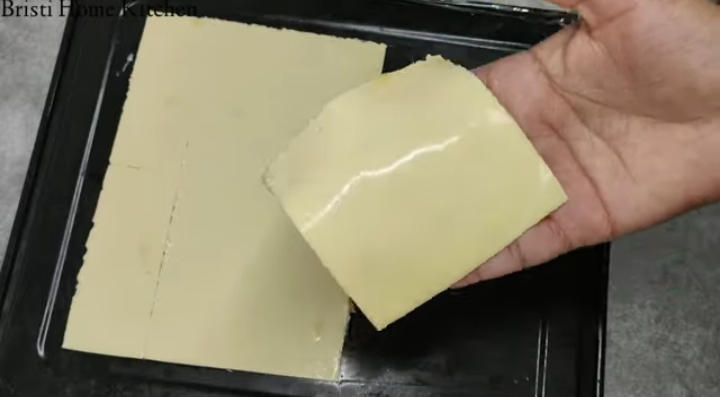Cooking of Cheese : Cheese cookery is an old art. Classic favourites like fondues, Welsh rarebit, macaroni and cheese, cheese pies and cheesecakes are well known. There are countless other dishes incorporating cheese which are of more recent origin. Cheese blends happily with many other food flavours and hence is a popular ingredient.
Cooking of cheese

Cheese is a protein food and like all other proteins it is toughened by high heat. All cheese dishes should be cooked at low temperatures whatever the dish is. Whenever possible cheese should be melted in a double boiler or chafing dish rather than over direct heat.
Grate or chop cheese finely and dilute with some kind of starchy food such as flour, breadcrumbs, macaroni, etc.
Add a small pinch of bicarbonate of soda 1/2 tsp to a kg. (1¼ tsp to a lb). This softens the cheese, prevents stringiness and makes it more digestible.
Cook by moist heat whenever possible, or at least see that there is some moisture included in the dish. If and when possible, add the cheese only at the last moment after the rest of the food has been cooked. This is to prevent long cooking of cheese.
Care of Cheese
The keeping quality of cheese varies greatly. Some of the hard varieties such as Swiss and Parmesan have a high keeping quality. Soft cheeses such as Camembert, Cream Cheese, etc. are highly perishable.
All cheeses require special care in handling once they are cut, for once cheese is cut it tends to dry rapidly. Mould may also form on any natural bulk cheese. This is in no way harmful, and can be cut off before being served without detriment to the quality of the remaining cheese.
Pasteurized processed cheese keeps well when left-over portions are rewrapped in the original paper and placed in the refrigerator. Bulk cheese or any hard cheese variety may be wrapped in wax paper, aluminium foil or plastic material. Tightly covered refrigerator dishes of plastic or glass are excellent for keeping cheese of all varieties.
All cheeses should normally be kept under refrigeration but before serving, they should be left out for a few hours. No cheese should be served chilled. The flavours of all cheeses are best when the cheese is neither cold nor over-warm.



